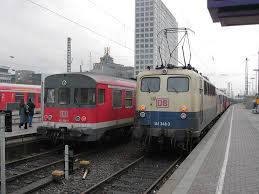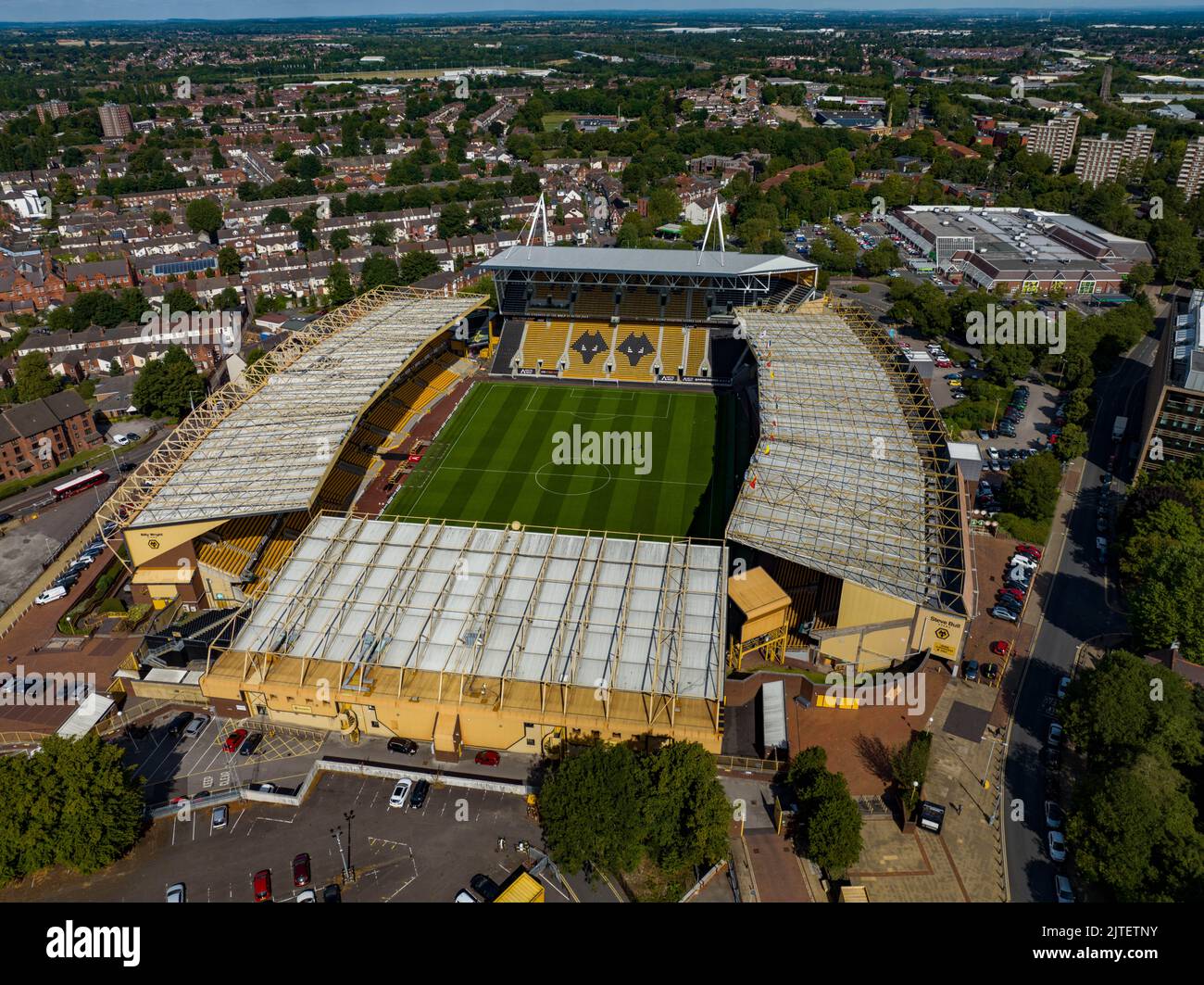
Introduction to Dortmund
Dortmund, located in Germany’s North Rhine-Westphalia region, is a city renowned for its blend of history, culture, and industrial innovation. As one of the largest cities in Germany, Dortmund has transformed from a hub of coal and steel production to a center for technology and cultural enterprises. With a population of over 600,000 residents, its significance in both the economic and cultural landscape of Germany is substantial.
A Historical Overview
Founded in the 9th century, Dortmund has a rich history characterized by its medieval towns and partnerships in trade. The city’s impressive architecture includes industrial heritage sites such as the Zollern Coal Mine, which reflects Dortmund’s pivotal role in the coal and steel industry during the 19th and 20th centuries. Although the industry has diminished, the remnants of this era contribute to the city’s unique identity.
Cultural Significance
Dortmund is home to various cultural landmarks, including the renowned Museum of Art and Cultural History, which houses a plethora of historical artefacts and contemporary artworks. The Westfalenpark, a large urban park, is a cherished locale for both locals and visitors, offering extensive gardens and recreational activities. Furthermore, Borussia Dortmund, the city’s beloved football club, plays an integral role in Dortmund’s culture, fostering community spirit and pride through its passionate fanbase.
Economic Landscape
In recent years, Dortmund has shifted focus towards the technology sector, promoting innovation through the establishment of various tech startups and research institutions. The city is home to the Technical University of Dortmund, which contributes significantly to research and development, fostering a growing ecosystem for entrepreneurship. Additionally, the city has been investing in digital infrastructure, preparing itself for the demands of a modern economy.
Outlook for the Future
Looking ahead, Dortmund aims to continue balancing its historical identity with modern advancements. The city plans to enhance its status as a technology hub while preserving its rich cultural heritage. Potential developments include increased investment in sustainable practices and infrastructure improvements, aligning with broader trends towards green urban development. As Dortmund embraces these changes, it remains a pivotal part of Germany’s socioeconomic fabric.
Conclusion
Dortmund’s journey from an industrial powerhouse to a vibrant cultural and technological centre showcases the resilience and adaptability of cities in the face of change. For visitors and residents alike, the city offers a unique blend of history and innovation, making it a significant destination in Germany. As it continues to evolve, Dortmund stands as a testament to the importance of embracing both heritage and progress.
You may also like

Exploring Monmouth: History, Attractions and Community

Exploring Wolverhampton: A Gateway to Culture and History
